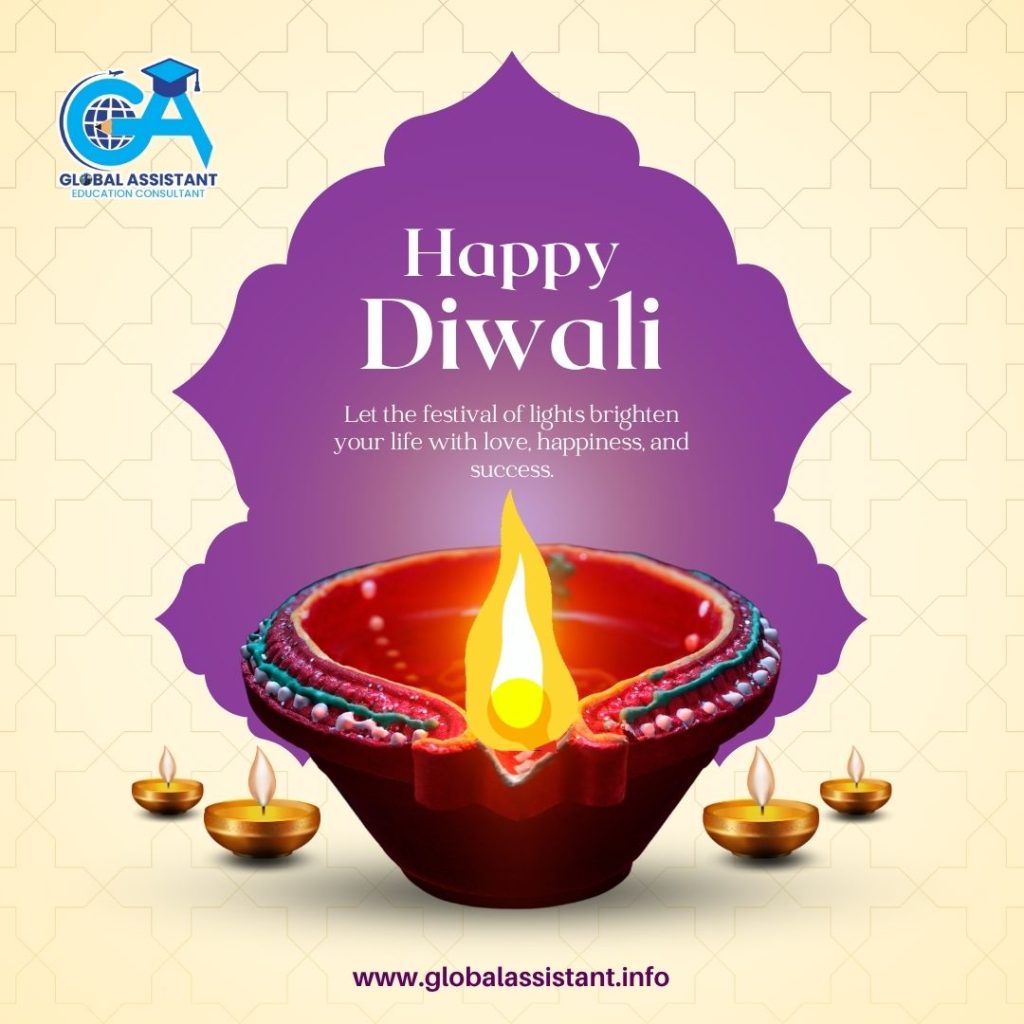Happy New Year Wishes SMS Messages 2026 and Motivational Happy New Year Wishes Text Messages for friends, family, coworkers, and employees.
Happy New Year Wishes
New Year Wishes are expressions of goodwill, optimism, and joy that individuals share with friends, family, coworkers, and acquaintances to celebrate the arrival of a new year. These greetings are commonly exchanged during the shift from December 31st to January 1st and convey aspirations for the future, wellness, affection and serenity, motivation, and encouragement. People express their New Year’s wishes in many ways, including SMS messages, images, videos, emojis, and more.
Happy New Year Wishes SMS Messages
Wishing you a joyful New Year filled with blessings—and may light guide your every step.

Cheers to a Fresh Start and Countless Possibilities! Let’s Welcome 2026 With Open Hearts, Bright Smiles, and Big Dreams. May the New Year Bring Happiness, Success, and Unforgettable Memories with Your Beloved Ones.
Wishing You a Very Happy New Year, Filled with Love, Laughter, and Prosperity.
My Courage, Clarity, and Joy Guide You Through Every Moment of the New Year.
Welcome 2026 with Heartfelt Wishes and Share the Joy, Spread the Cheer, and Make this New Year Extra Special for Your Friends and Family.
Let’s Ignite in 2026 with Love, Laughter, and Celebration!
May Almighty Bless You With Countless Blessings in the New Year.
The New Year is Your Chance to Glow Brighter and Live an Amazing.
For the First Time in Human History, Christmas is on 25/25/25. This Wonder Will Never Happen Again. Best Wishes For a Happy Christmas and a New Year 2026.

Happy New Year 2026 Wishes
As We Welcome 2026, Let’s Fill Our Hearts with Hope and Expectation and Spread Love and Positivity this New Year.
“May 2026 Be a Year of Good Health, Happiness, Achievement and Success for You and Your Family. Wishing You a Wonderful Happy New Year!”
Spread the Joy, Share the Vibes, and Let’s Make This New Year Unforgettable!
Tag Your Friends and Family to Send Them Your Warmest Wishes.
Start the New Year With Dazzling Fireworks and Amusement and Cary Them Through the Whole Year.

May your year be as special, inspiring, and one-of-a-kind as you.
Happy New Year- May every obstacle become a stepping stone, and every joy double in return.
Warm wishes for a beautiful New Year, blessed with happiness and peace
A new year means a new beginning—another chance to make things better.
Happy New Year! Here’s to making 2026 a year worth remembering forever.
May you have the strength to chase your dreams and the wisdom to choose well.

Let each sunrise bring the promise of fresh chances and exciting paths.
May you face every challenge with strength and celebrate every victory with joy.
Every new day is your chance to glow brighter and live life to the fullest.
Keep your heart kind, your mind exploring, and your spirit unbreakable this year.
Turn every setback into a lesson that leads you closer to success.
Each morning is a new beginning—make every one matter.
Let go of yesterday’s pain and take only the wisdom into tomorrow.
Here’s to pursuing all your dreams, no matter the size.
Believe in yourself—every small move brings you closer to success.
The New Year reminds us that growth is possible without losing pride in who we are
No matter how life changes, I’ll always wish you good health, joy, and love in the New Year.
Happy New Year 2026- Have Another Year of Love, Adventure, and Happiness

To the struggles that shape you and the wins that keep you grounded.
To my sister and forever friend—may this year overflow with blessings and joy.
May our whole family enjoy a year filled with love, laughter, and precious memories.
May this year bring us closer together and fill our home with peace and joy.
Dear Mom and Dad, may the coming year bless you with good health, calm days, and contentment.
To my dear grandparents—thank you for your wisdom and warmth. Wishing you a joyful New Year!
May our shared meals, laughter, and traditions keep our family closer than ever.
Wishing every family member a New Year filled with joy, success, and love.
Let’s create moments this year that we’ll look back on with happy hearts.
May we meet every challenge with courage and cherish every success together.
No matter the time or year, you’ll always be my true home—thank you.
Cheers to more dinners, heart-to-heart talks, and endless silly photos together.
Here is to cozy holidays, fun games, and memories that never fade.
Thank you for your love, guidance, and every comforting moment you’ve given me.
May this year bless us with traditions, surprises, and memories we’ll always cherish.
May your new year be full of constant love, overflowing joy, and plenty of successes!
Motivational Happy New Year Wishes
I wish your dream income becomes a reality in 2026 —Happy New Year.
Wishing in 2026, You Will Get a True Partner Who Acknowledges Your Past, Supports Your Present, and Encourages Your Future.
May a Supportive Partner Locate You in 2026- Happy New Year.

The New Year Brings Money News.
I hope your richest chapter begins in 2026- happy new year.
Your broke days are over in 2025, and happy days begin from 2026- Happy New Year.
Happy New Year Wishes SMS Messages 2026
May each day of 2026 sparkle with optimism, happiness, and bright energy.

Here’s to a 2026 filled with personal growth, thankfulness, and unforgettable memories.
Let’s fill 2026 with moments we’ll remember fondly and laugh about later.
To my amazing parents and lovable siblings—thank you for everything, even the chaos. Happy 2026!
Happy New Year- 2026! Wishing you a fantastic year.
May 2026 opens the door to fresh chances, wonderful changes, and delightful moments.
Cheers to 2026—may it be full of laughter, true friends, and thrilling adventures.
To a 2026 overflowing with achievements, love, and memorable moments.
To every member of our big, loving family—2026 belongs to us all!
You made the past year wonderful—may 2026 fill your days with even more happiness.
Our family brings brightness and warmth every year—here’s to a beautiful 2026!
Your love and support mean the world—may 2026 return that kindness to you tenfold.
May 2026 be brave, imaginative, and full of bold decisions.
May 2026 be your most radiant and successful year yet.
Make your own luck this year—Happy 2026!
Here’s to hope, creativity, and bravery lighting your path in 2026.
Let bravery, positivity, and faith lead your way in 2026.
Let each day of 2026 inspire learning, growth, and lasting memories.
Make 2026 the year you welcome change and follow your dreams boldly.
Here’s to 2026—fresh beginnings, exciting chances, and unforgettable memories.
The coming year brings renewed hope—mine is that 2026 brings you pure joy.
As one chapter closes, another opens—stay determined and turn your 2026 dreams into reality.
May 2026 gift you new perspectives, fresh energy, and thrilling challenges to conquer.
May 2026 overflow with laughter, happiness, and bright moments.
Wishing you a bold and fun-filled 2026—go ahead, break the “rules” and enjoy!
May 2026 be brimming with endless chances, personal growth, and moments you’ll never forget.
Wishing you a year packed with fresh opportunities—Happy New Year 2026!
In 2026, may you recognize your worth, embrace your strength, and meet every challenge with confidence.
Wishing you a 2026 filled with warmth, love, and brightness at every turn.
May 2026 bring your family an abundance of love, joy, and blessings.
Here’s to 2026—may it be a year of strong growth, resilience in trials, and real victories.
Wishing you all many joyful moments and memories you’ll treasure forever in 2026.
Thank you for everything—may 2026 bring you back tenfold what you’ve given.
In 2026, may your heart be open, your mind curious, and your spirit unbreakable.
The future shines ahead—let’s make 2026 shine even brighter than 2025.
Wishing you a 2026 full of good health, plenty of luck—and exciting just-right chaos.
May 2026 give you lighter days, peaceful nights, and sweeter moments throughout.
Let every morning of 2026 greet you with new opportunities and exciting adventures.
Consider 2026 a fresh blank page—grab the pen and craft your own beautiful story.
Dream boldly, begin with small steps, and enjoy every part of the 2026 journey.
May 2026 bring you courage, spark your creativity, and include a bit of fun with a little risk.
Cheers to 2026! May it be nothing short of extraordinary.
May 2026 gift you a whole year packed with laughter, success, and unforgettable joy.
Sending you endless love, calm, and cheerful laughter throughout 2026.
May 2026 lighten your worries and multiply your blessings.
Cheers to another fantastic year together—let’s fill 2026 with memories that last forever.
Hope greets 2026 with a smile—embrace all that’s waiting for you.
Whether 2026 is a fresh page or a sequel, make it a masterpiece.
May your worries vanish as fast as resolutions fade—and your happiness stay all 2026.
The magic of new beginnings makes 2026 the perfect time to dream again.
Let 2026 be the year you embrace your true self with pride.
2026 is your new book—write each page with kindness and courage.
In 2026, may your dreams stay young, and your goals remain bold.
Step into 2026 with courage to uncover the blessings in every day.
The energy you bring into 2026 will shape the blessings it returns.
Farewell 2025—welcome 2026 with happiness all year long!
Let 2026 be the year your dreams finally soar.
It’s not about how long 2026 lasts, but how vibrantly you live it.
Every goodbye to 2025 is a doorway to 2026’s adventure.
Let your dreams sparkle across the sky of 2026 like fireworks.
Wishing you a 2026 filled with warmth, brightness, and perfect balance.
Cheers to 2026, a fresh book with 365 brand-new opportunities.
There’s no better time than 2026 to start something beautiful.
May 2026 bless you with health, prosperity, and pure joy always.
May 2026 turn your biggest dreams into a beautiful reality.
Happy New Year Wishes sms Messages for Friends
Lucky to have you, my friend—cheers to 2026 and many more laughs.
Sending good vibes only for 2026—keep smiling, my friend!
Another year, another level of friendship—cheers to our unbreakable bond in 2026!
Let our 2026 be full of light, laughter, and stronger friendship vibes!
You’re more than a friend—you’re family. Happy 2026!
Hope 2026 turns every dream of yours into a beautiful reality.
Raising a virtual glass to you—cheers to our friendship and a fabulous 2026!
Our friendship only gets better—cheers to more growth in 2026!
Here’s to 2026—another year of success, laughter, and meaningful friendships.
With you by my side, 2026 promises to be the best year yet—cheers, friend!
Here’s to 2026 and many wonderful memories ahead with an amazing friend like you.
Wishing 2026 enables you to achieve your goals.
Being your friend has been a blessing—may 2026 bring you endless joy and comfort.
As another year begins, may love, hope, and bravery lead your way.

Can’t wait to create more amazing memories together this year.
Here’s to more laughter, support, and happiness in our friendship.
May 2026 overflow with adventures and beautiful memories.
Thank you for being you—wishing you endless happiness in 2026.
Time with you is priceless—may this year bring more reasons to smile.
Cheers to more laughs, deep talks, and unforgettable memories together.
May 2026 make our friendship even stronger and full of shared fun.
May your days be bright with laughter, joy, and loyal friends.
Here’s to more parties, smiles, and unforgettable times.
Let 2026 surprise you with exciting moments and genuine friendships.
Wishing you and your family good health, peace, and boundless joy.
Let’s keep inspiring each other and making memories worth keeping.
May 2026 bless you with serenity, love, and outstanding achievements.
Happy 2026—let’s make it even more fun and wild than before!
Thanks for tolerating my chaos—here’s to more in 2026!
Cheers to more unplanned fun, heartfelt talks, and laughter-filled nights.
Life’s brighter with you in it—Happy 2026, my friend!
To a friendship that gets deeper, goofier, and more special every year.
Let’s agree to smile more, worry less, and enjoy life’s sweet moments.
Thankful for our memories—can’t wait to make new ones this year.
This year’s ours to enjoy—let’s fill it with laughter and fun chaos.
May 2026 bless you with unstoppable joy, endless fun, and lasting love.
To my loyal friend—may your 2026 be filled with success and positivity.
Let’s fill 2026 with jokes only we’ll ever understand.
Cheers to unforgettable nights, cozy mornings, and unexpected fun.
Here’s to a friendship that keeps us laughing, amazed, and sometimes puzzled.
Here’s to 2026—where surprises lead to the best memories.
Happy New Year Wishes Text Messages- 2026
Cheers to 2026—more laughter, adventures, and memories with you, my bestie!
You Are Truly One in a Million—May Your New Year 2026 Sparkle Brighter Than Ever.

Let’s fill 2026 with more inside jokes, coffee talks, and midnight laughs!
Happy New Year 2026 to my ride-or-die—through laughter and every tear.
Because of you, 2026 already feels brighter—thank you for being you.
To my partner-in-crime—let’s keep the fun rolling all through 2026!
Wishing 2026 brings you endless laughter and genuine happiness.
My favorite constant through every year—so glad you’re in my 2026 too.
May 2026, tighten our bond and double our fun times!
Here’s to 2026 and all the unforgettable nights we’re yet to have!
You make life better—may 2026 return that good energy tenfold.
May 2026 bless you with peace, joy, and everything you deserve.
Deal- 2026 = new stories, new laughs, same us!
Couldn’t have done 2025 without you—cheers to more strength and joy in 2026!
Here’s to a 2026 full of our favorite thing—laughter together!
You make every moment shine—here’s to you and a glowing 2026!
2026 = more adventures with my favorite partner in chaos—you!
To my BFF—may 2026 be kind, prosperous, and overflow with joy!
We’re unstoppable—let’s own 2026 side by side!
You made 2025 unforgettable—can’t wait to make 2026 even better with you!

